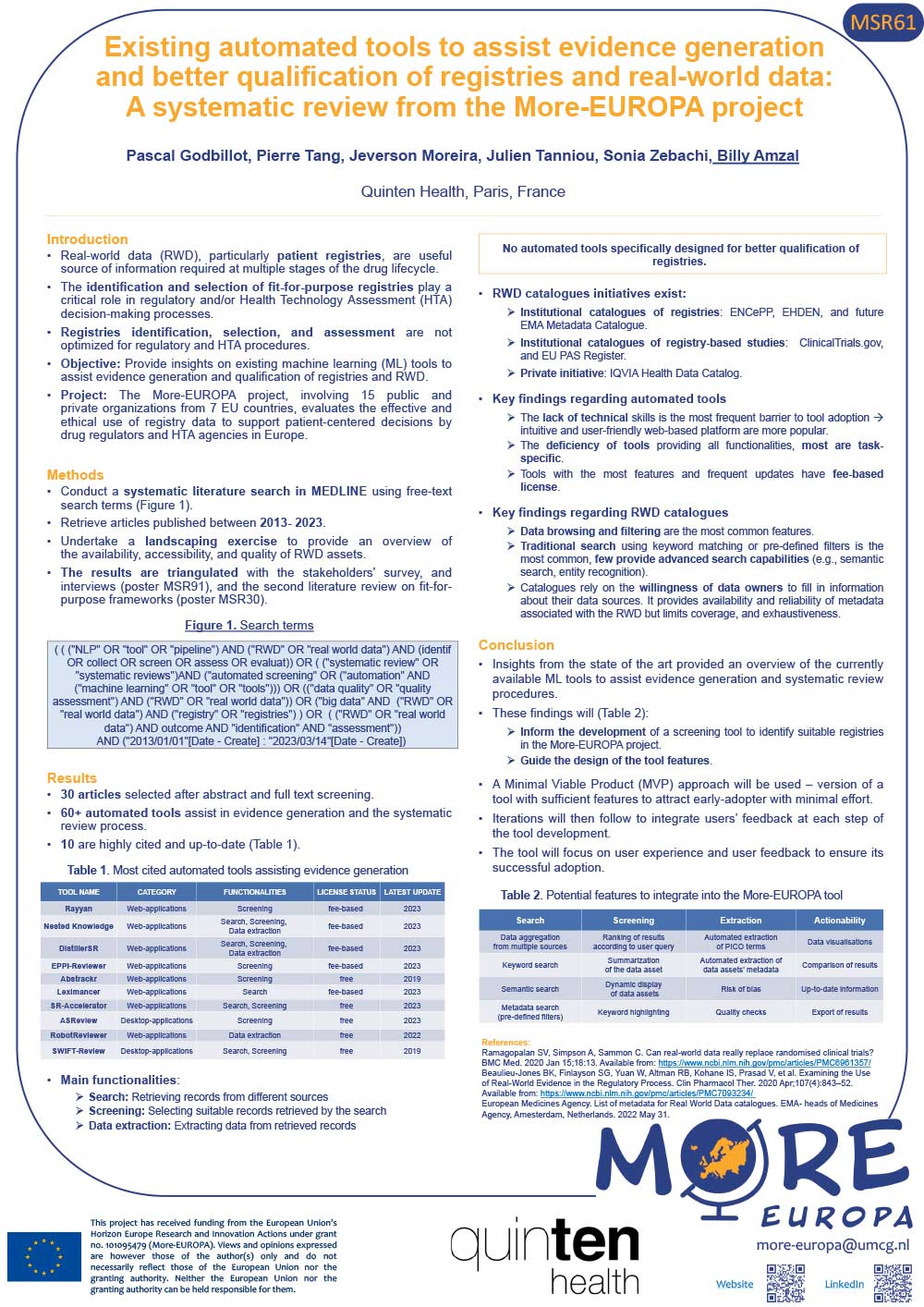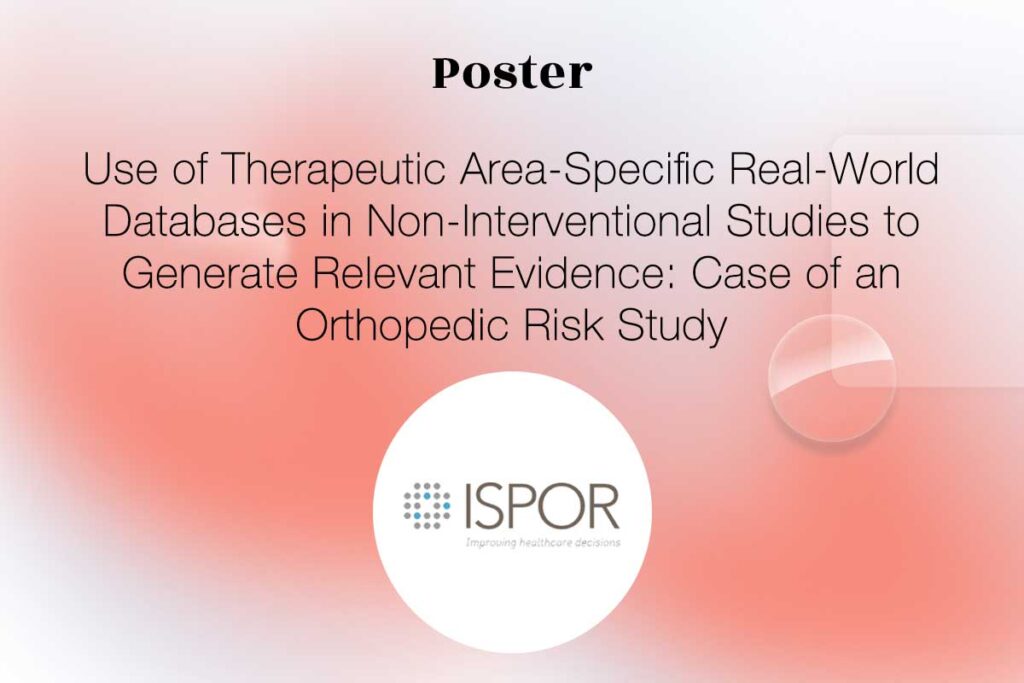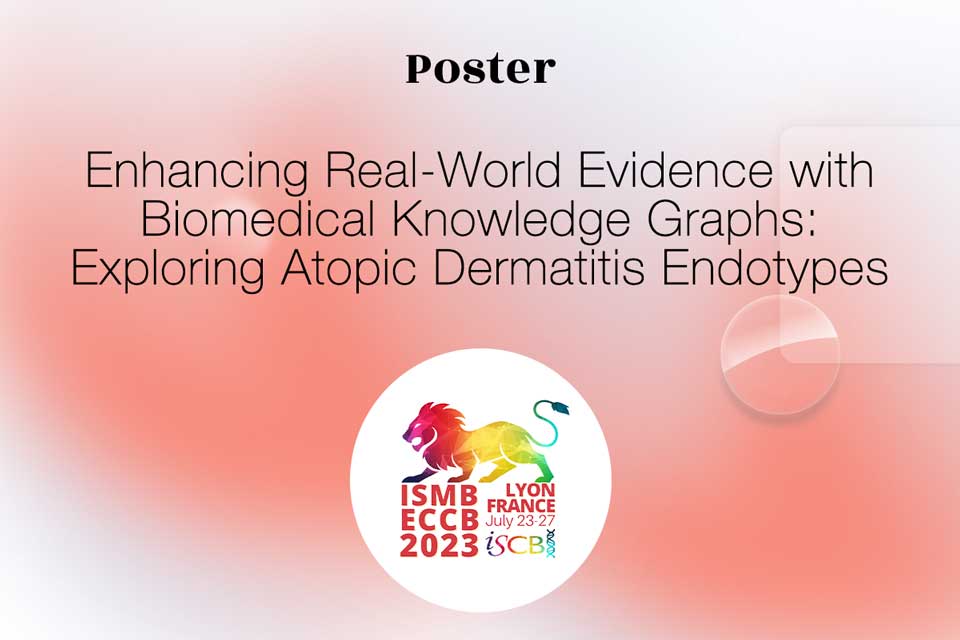Date: 13 November 2023
DOI: https://www.ispor.org/heor-resources/presentations-database/presentation/euro2023-3785/133462
CONFERENCE/VALUE IN HEALTH INFO:
2023-11, ISPOR Europe 2023, Copenhagen, Denmark
Value in Health, Volume 26, Issue 11, S2 (December 2023)
Abstract
Objectives
The More-EUROPA project consortium brings together 14 public and private entities from 7 countries with the aim of enhancing the ethical and effective utilization of registry data to facilitate patient-centered decision-making by drug regulators and Health Technology Assessment (HTA) agencies in Europe. One of the main goals of the project is to develop a screening tool that can swiftly identify suitable registries using a ‘fit-for-purpose’ approach.
Methods
A systematic review was conducted to identify the state-of-the-art of existing automated tools to assist evidence generation and better qualify registries and real-world data. Studies were identified between 2013 and 2023 through MEDLINE database using free-text search terms related to ‘machine learning’(ML), ‘natural language processing’(NLP), ‘evidence-based practice’ or ‘real-world data’.
Results
Out of the 648 articles initially identified, 618 were excluded during primary and secondary screening as they were found to be unrelated to the use of automated tools. From the remaining 30 articles, over 60 automated tools were discovered that assist in evidence generation and the systematic review process. These tools varied from algorithms to web-based applications, with some available for free and others requiring a paid subscription. They offered support for various tasks, including search, screening, data extraction, and risk assessment. Most of the web applications were designed for specific tasks, with screening being the most prevalent feature. It was observed that tools with more extensive features and frequent updates typically had a fee-based license. The main barrier to the adoption of these tools appeared to be a lack of knowledge.
Conclusion
The study suggests that integrating various automation approaches like ML or NLP is ideal for designing an effective tool. These findings will inform the development of the screening tool in the More-EUROPA project, with a focus on user experience to ensure its successful adoption.









